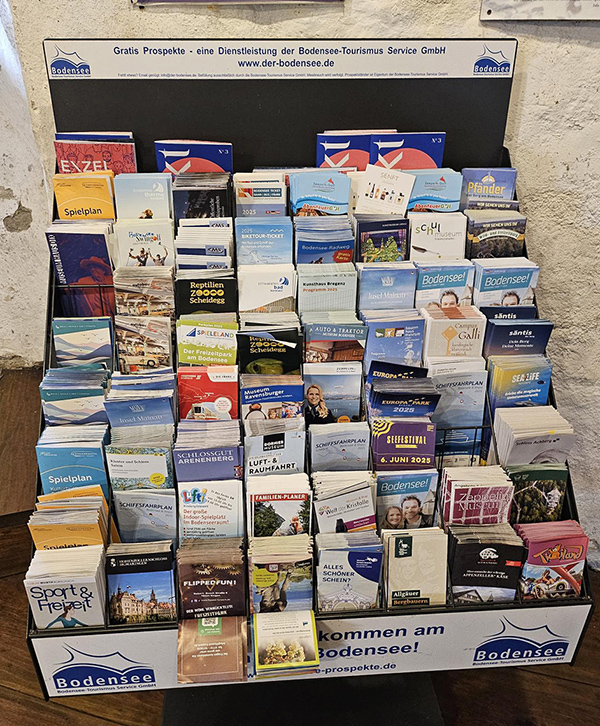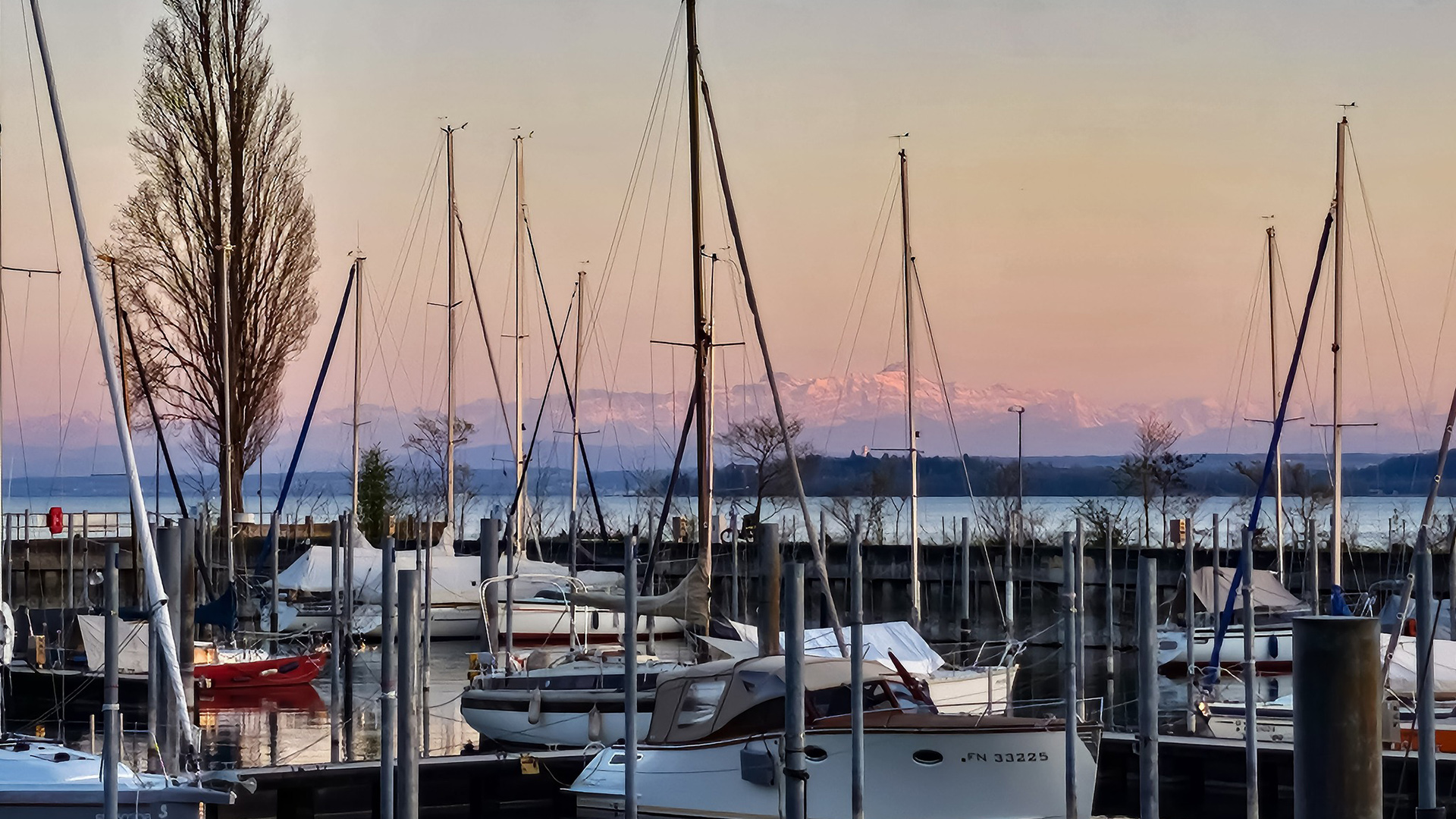In April, I visited Lake Bodensee as a part of an innovation-themed Erasmus+ Blended Intensive Programme. As a tourism professional, I cannot pass the opportunity to share my observations from the tourism destination as an added value of the trip.
Bodensee is a relatively big lake, although in comparison to Päijänne, for example, it is about three times smaller. The lake unites three countries – Germany, Austria, and Switzerland. The towns surrounding it are rather small but well developed. I would describe it as rural but not remote region – because it is extremely well connected both internally and externally. One can hop on a train from Zurich, Munich, or Stuttgart, and be on Bodensee in 2-3 hours, and the public transport between the local towns runs on wheels, rails, and water across borders.
Besides the water element, it possesses stunning mountain views of the Swiss alps with possibilities for winter sports and favorable climate for producing fruits, as well as hops and high-quality wine. Tettnang has its Hop Trail (see Tettnang Hops, n.d.), Meersburg accommodates the local wine producer association (see Meersburger Winzerverein, n.d.), and Frickingen has a museum of fruits (see Bodensee-Obst-Museum Frickingen, n.d.). Notably, the region both produces and consumes plenty of bio food and drinks.
In terms of architecture, Bodensee is appealing because several towns have remained untouched from the bombings of Second World War, preserving the rich heritage from the late Middle Ages. Another unique feature of the region is that it is the only place where zeppelins still fly, based in Friedrichshafen (Deutsche Zeppelin-Reederei, n.d.).

But the key to success in tourism of Bodensee is not any natural wonder or unique cultural feature. It is the simple fact that it is a well-organized destination with joint marketing. Similar brochure stands of the same destination marketing organization (Bodensee-Tourismus Service, n.d.) were present at many sites and the attractions were easy to approach also for the fact that tourism places were staffed, and one was able to ask for directions of more information even at such an off-season time.

Impressive is the effort of small Frickingen municipality for sustainable development (Gemeindeverwaltung Frickingen, n.d.). The municipality is similar in size to my home place, Konnevesi – only about 3 000 inhabitants. But the sustainable development effort of locals is well organized on grassroot level, in five action groups supporting different Sustainable Development Goals. Public administration is reduced to a minimum, and for example tourism, marketing, and culture functions are combined into one clerk’s tasks. Public servants, however, are easy to approach and the Blended Intensive Programme’s international student and teacher delegation’s visit attracted their attention, too.
Notably, there is no business development function in the municipality – a fact that could be interpreted in many ways, but this is outsourced to a greater region’s business association. This arrangement might promote cooperation around the entire region of Bodensee; however, it makes the service less accessible to small organizations that need support at most. Another observation based on conversations with locals regarding regional development was that EU funding and projectifying development is mainly used by the public sector, but private and third-sector organizations seem to be rather inactive and unaware of the possibilities.
